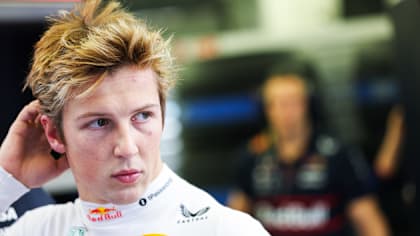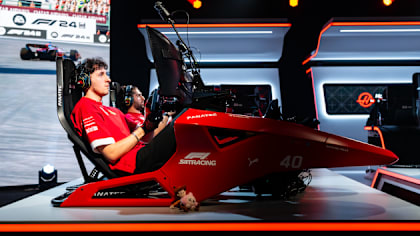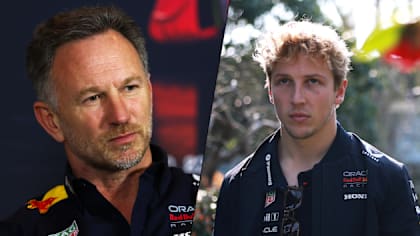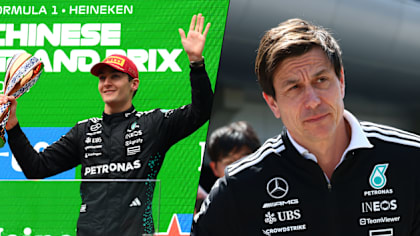
Feature
Why Red Bull’s Nurburgring performance bodes well for the rest of the season

Share

Although Lewis Hamilton secured his record-equalling 91st Grand Prix victory, and Mercedes had yet another front row lock-out, Red Bull looked at times formidable at the Nurburgring. Max Verstappen looked a genuine contender for pole position, was closer to it than at any preceding race this year and eclipsed Hamilton’s fastest lap. So, is Mercedes’ performance dominance finally under threat?
Verstappen went fastest in Q1, split the Mercs in Q2, was fastest again in the first Q3 runs and ultimately fell short of knocking Hamilton off the front row by just 0.03s. That lap was within 100.23% of Valtteri Bottas’s pole. A look at the numbers below charting Red Bull’s percentage of pole through the season to date tells the story of the car’s form.
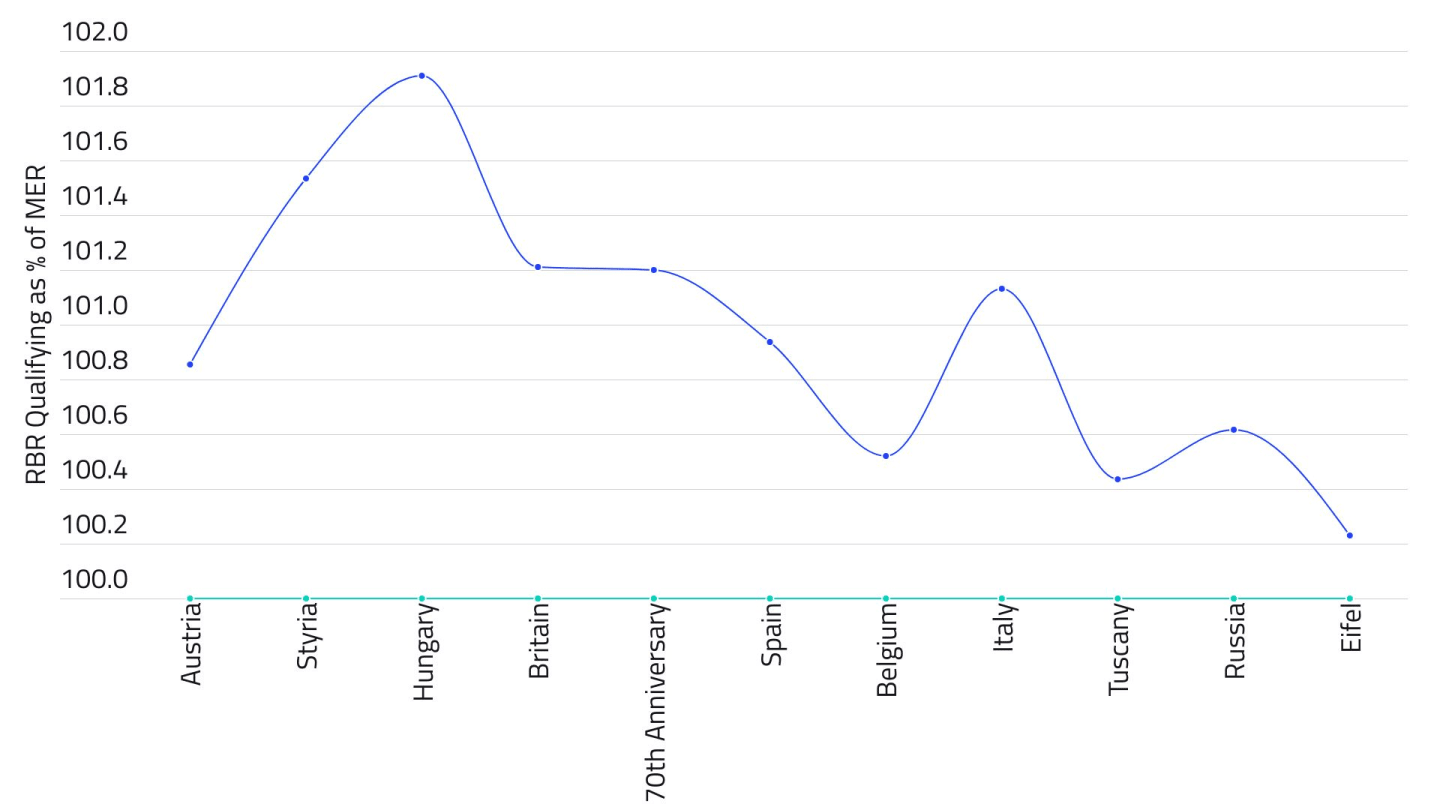
As the graph shows, Red Bull have got closer to Mercedes pace in qualifying as the season has progressed
Looking at Verstappen’s qualifying sector times at the Nurburgring, he was quickest in the first, second in the middle and third in the final sector. This tallies with how Verstappen described the traits of his car. “I just had a little too much understeer,” he summarised. An understeer trait would see the front tyres steadily worsen through the lap, which tallies with the pattern. “If we’d had the full practice sessions maybe we’d have been able to tune that out,” he said in reference to the abandonment of both sessions on Friday due to fog.
But Verstappen actually took some cheer from that understeer trait. “We’ve brought some new parts to the car,” he said, “and they seem to be working. In one sense it’s quite nice that we’ve got understeer as usually we have the problem at the other end of the car. The changes seem to have joined up the two ends of the car better in terms of balance and the understeer I think is easier to tune out. We just didn’t get the time because of missing Friday.”
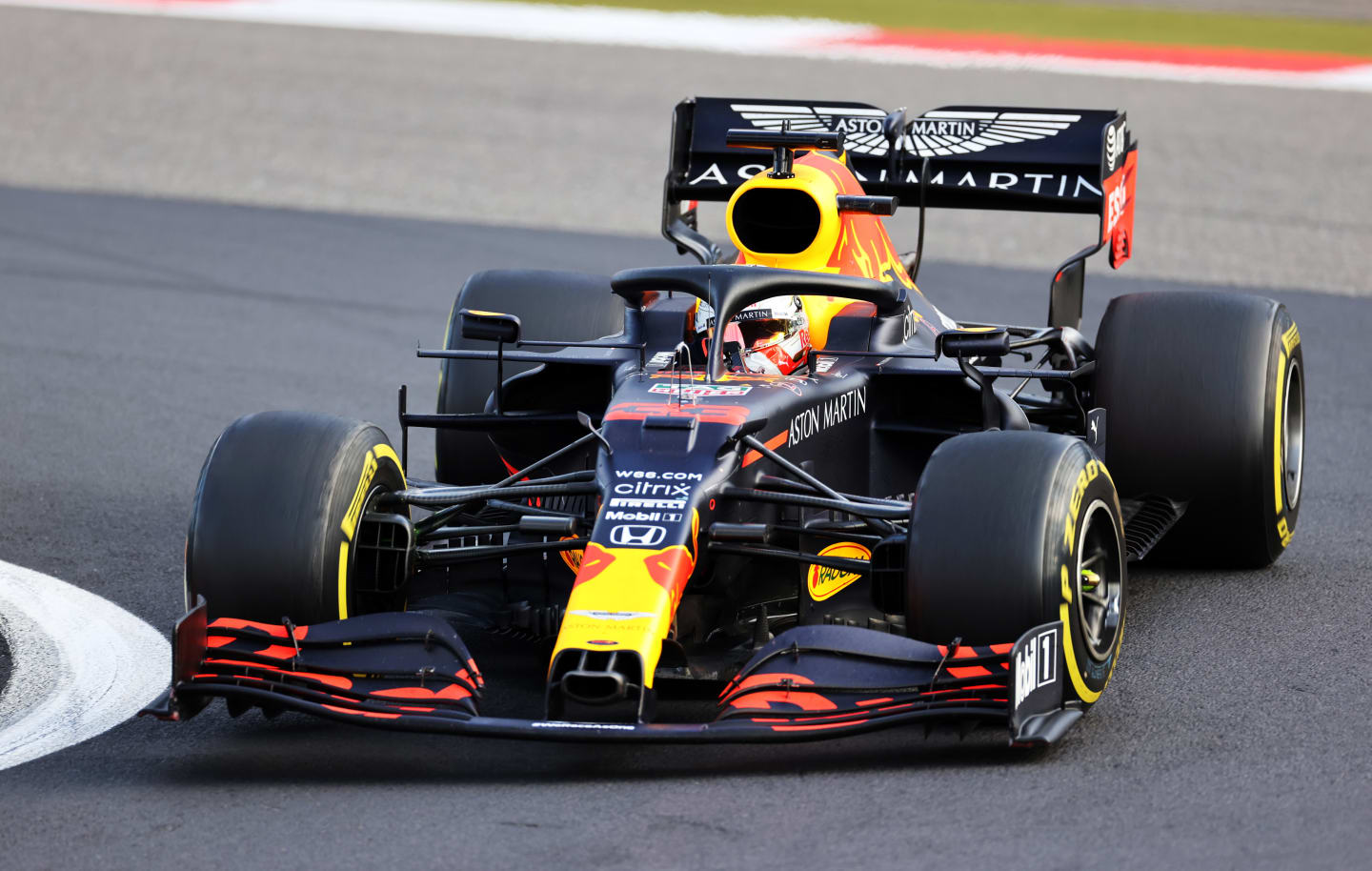
Verstappen felt that more running would have allowed Red Bull to dial out the understeer in the RB16
It all sounds very promising. Verstappen was able to keep Hamilton in sight during the race but without ever being close enough to put him under threat. The fastest lap came with a combination of unleashing a full energy store from the battery when the car had a near-empty fuel tank on the very last lap of the race – and it shaded Hamilton’s best by hundredths.
But. There is a but. The qualifying percentage numbers also tell us something else. Every team apart from Racing Point qualified closer to Mercedes at the Nurburgring than they had in the preceding race at Sochi. Furthermore, every single team qualified closer to the Mercedes pole at the Nurburgring (in percentage terms) than their seasonal average – as seen below.
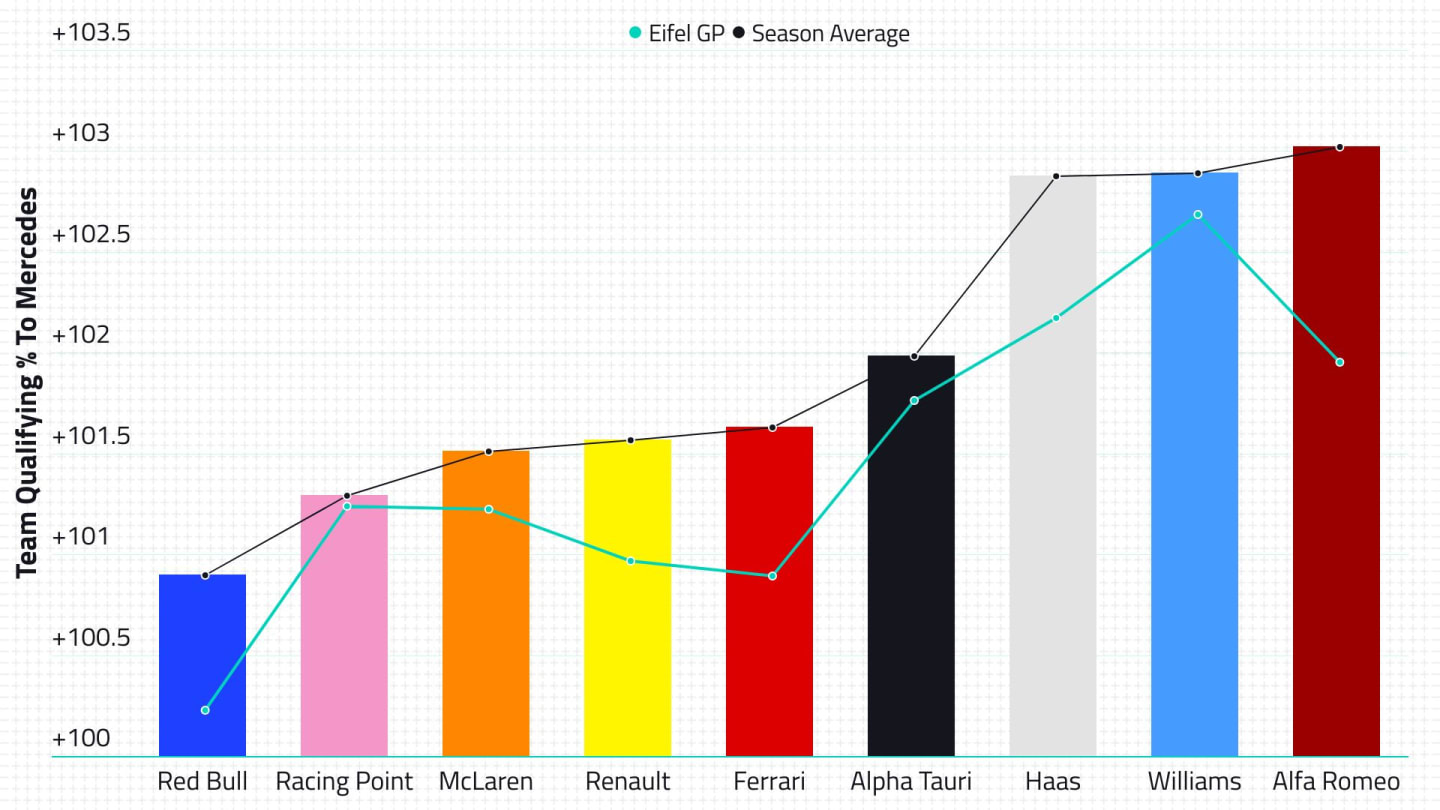
Every team was closer to Mercedes' pace at the Nurburgring compared to the season average - so does that mean Mercedes had an off weekend?
The strong suggestion from these numbers is that Mercedes under-performed in qualifying relative to their usual level. It seems unlikely that every single team improved their cars relative to Mercedes at the same race.
There is the belief within the Mercedes team that they did not find the perfect sweet spot for the tricky tyre conundrum in the cool track conditions. The fact that Hamilton went quicker in Q2 than he managed in Q3 supports this – but then so did Verstappen.
Whether Red Bull are actually closing on Mercedes or whether that was just a mirage created by the cool conditions of the Nurburgring in October is something that will only be revealed in the races to come.
YOU MIGHT ALSO LIKE
News ‘It’s tough’ – Lawson shares first message after Red Bull seat swap with emotional social media post
Video LIVESTREAM: Catch all the Round 12 action from the season finale of the 2025 F1 Sim Racing World Championship
News ‘We have a duty of care to protect and develop Liam’ – Horner opens up on decision to replace Lawson at Red Bull
News Wolff hails Russell as one of 'absolute top three' drivers in F1 after '10 out of 10' performance in China

